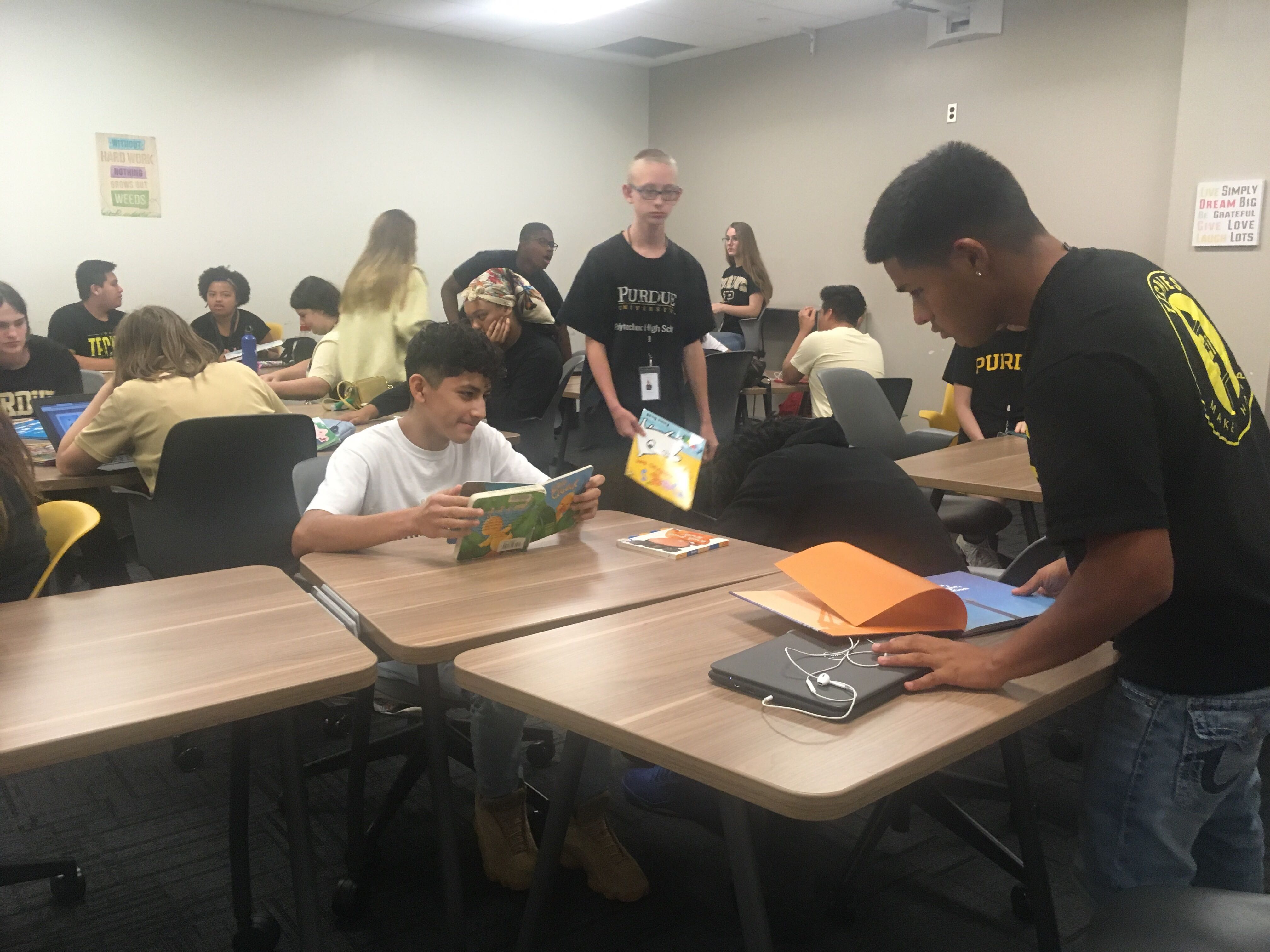
By: PPHS Coach Megha Juneja
A little over a year ago, I participated in a five-week summer program from IDEO-U called “Storytelling for Influence.” Through the course, I learned about how storytelling is so much more than just an art. Why do a few stories remain with us forever while others fail to make it to the next day in our brain computers? Why does storytelling seem to be so popular now? Is it something to do with our emotional-social-physical being? From being a folk art, how did this art of storytelling become so mainstream?
Everyone these days wants to tell stories – a story through pictures, through words, through poems, through frames. Stories are being used to sell products, sell ideas, promote ideologies, promote businesses, build a following, build a brand, and engage audiences. We all have stories that we want to tell. The real skill, perhaps, lies in making those stories compelling enough and telling a narrative that no one has heard before, yet everyone is able to relate to it.
I am going to share a story here: a story of my six weeks with these fantastic children’s book authors from our very own PPHS. When I began this project, I had no idea what to expect. I knew I was passionate about this genre, and I knew I wanted to bring out the author in me and the author in so many of these amazing students. Reading aloud the many books, from Lama Lama to Pout-Pout Fish to Dr. Seuss, we began on this journey reading some fantastic literature available on my toddler’s bookshelf and many others from the local public library. We even heard Ludacris rap to Lama Lama, which resulted in many hours of both I and my husband rapping the book to our three-year-old, who did not seem to have any inkling of why we were both acting crazy and certainly not ourselves.
The books rekindled the love and imagination of so many of these high schoolers. The reaction to the I Spy books and the narration of Pout-Pout Fish by Jacy were two of the most memorable moments from those read-aloud sessions, not to mention the whole ordeal of trying to read a children’s story in Hindi and the class watching me make all these “sounds” without really understanding a single word of it.
The work on the books began first by understanding the competencies involved in the project – Structural Elements and Organization, Key Ideas and Support, Language Convention. We all unpacked the three of these to understand what each of them entails, which included formatting, cover page, layout, grammar conventions, suitability to the target audience, critical thinking and, to top it all off, breaking the stereotypes that have long existed in our stories. It was so impressive to see the adaptability of our group and how swiftly they sailed along made the whole journey worthwhile! And, as we worked on our stories – building the characters, the plot, the setting, and the twists – it was really interesting to see the inspirations coming from life.
Alex wrote a story of shoes which Coach Griffin so creatively titled, “Heir Jordan;” Eris and Blue (Lonzell) wrote a creative story about Eris’ niece, Leelo; Jacy of her fun times with her pet dog, Slinky; Kaitlyn made people cry through her sad tale of a rain cloud; Anderson wrote the entire story in Spanish, which he says is to be continued; while Jayson was not ready to put his characters through anything other than play basketball, Jairo brought out his penmanship and the grammatical nerd in him; Quentin’s story sits so well with any first-year teacher who dreads going to school; Lexie and Sarah have a pop-up fairy tale almost ready; Josue’s story is all about celebrations, family, and imagination; Grecia and Aliyah, the social reformers, have immigration and race and identity shout out loud through their story of colors; Aubrie’s No-Name astronaut loves eating his abuelita’s pozole; Isaiah Tarter’s story touches a chord somewhere deep in me of a child, a human who cannot think of what to do; DeAnthony and Mika beautifully merged their characters as their friendship developed through the cycle; Daniel’s story and the pictures brought out his soft cushy side; Lindsey’s seamstress skills are so much a part of her story; and, last of all, Bernard’s story of a unicorn is yet to come to life.
While each of these stories is still coming to life, they have together strengthened my belief in the idea of simplicity. This is the real storytelling for influence. I can imagine these teenagers being great storytellers and using this skill to leave an impact wherever they go.
Part two of this project will be all about publishing. Why? Because, when you have a story, you’ve got to be able to tell it, then eventually sell it – which for sure will make a great part two and three.
Published on 10/29/2019
